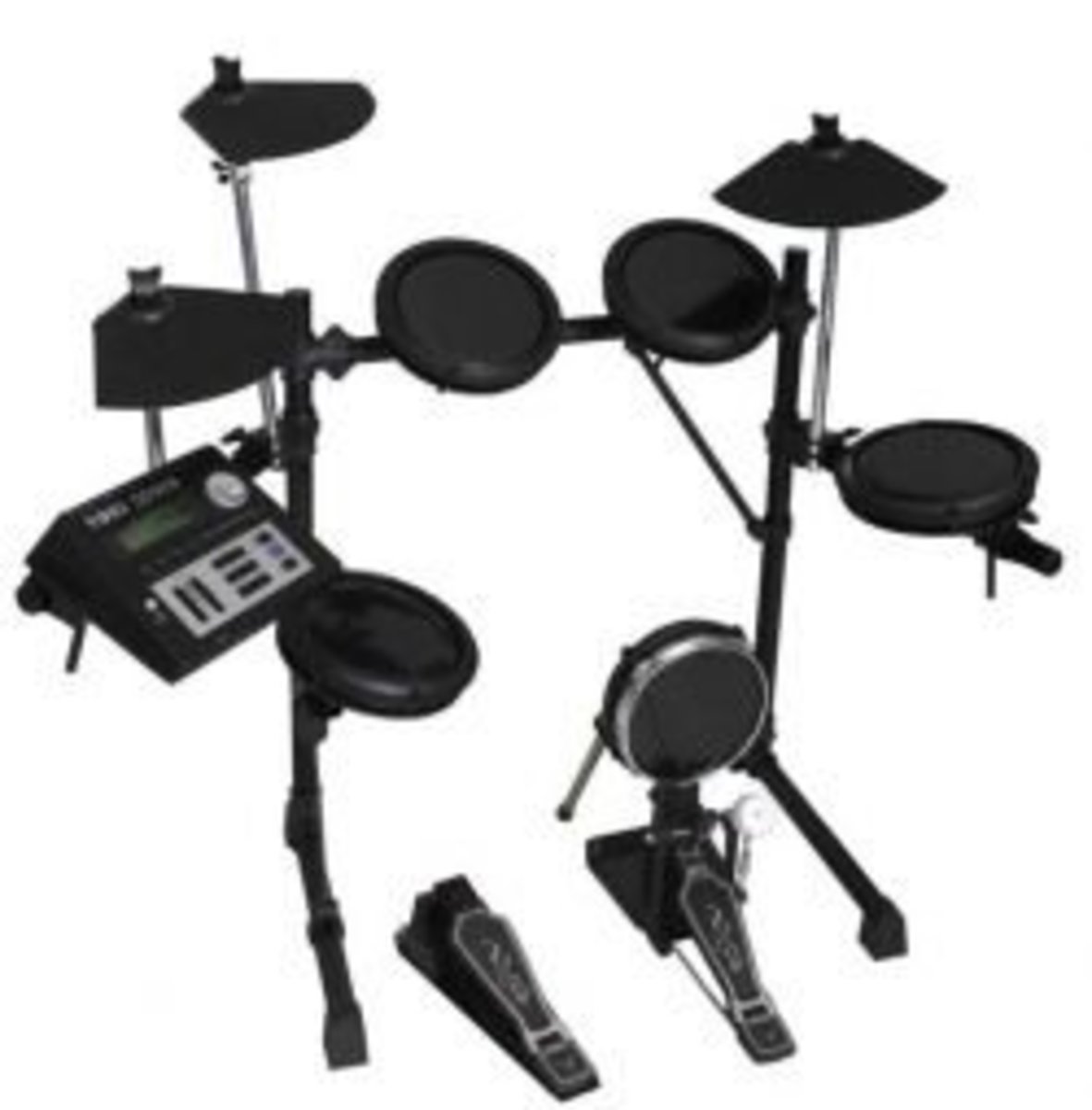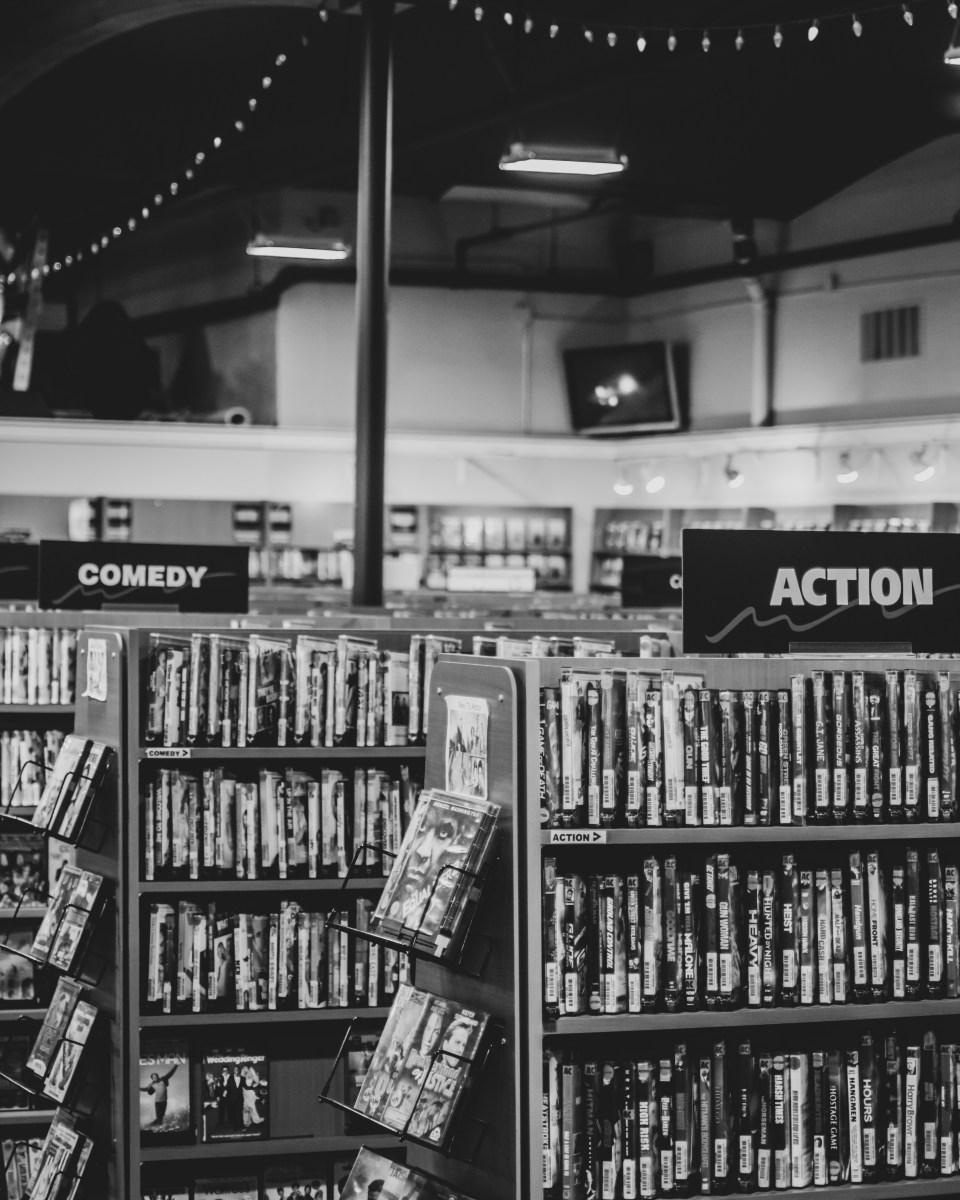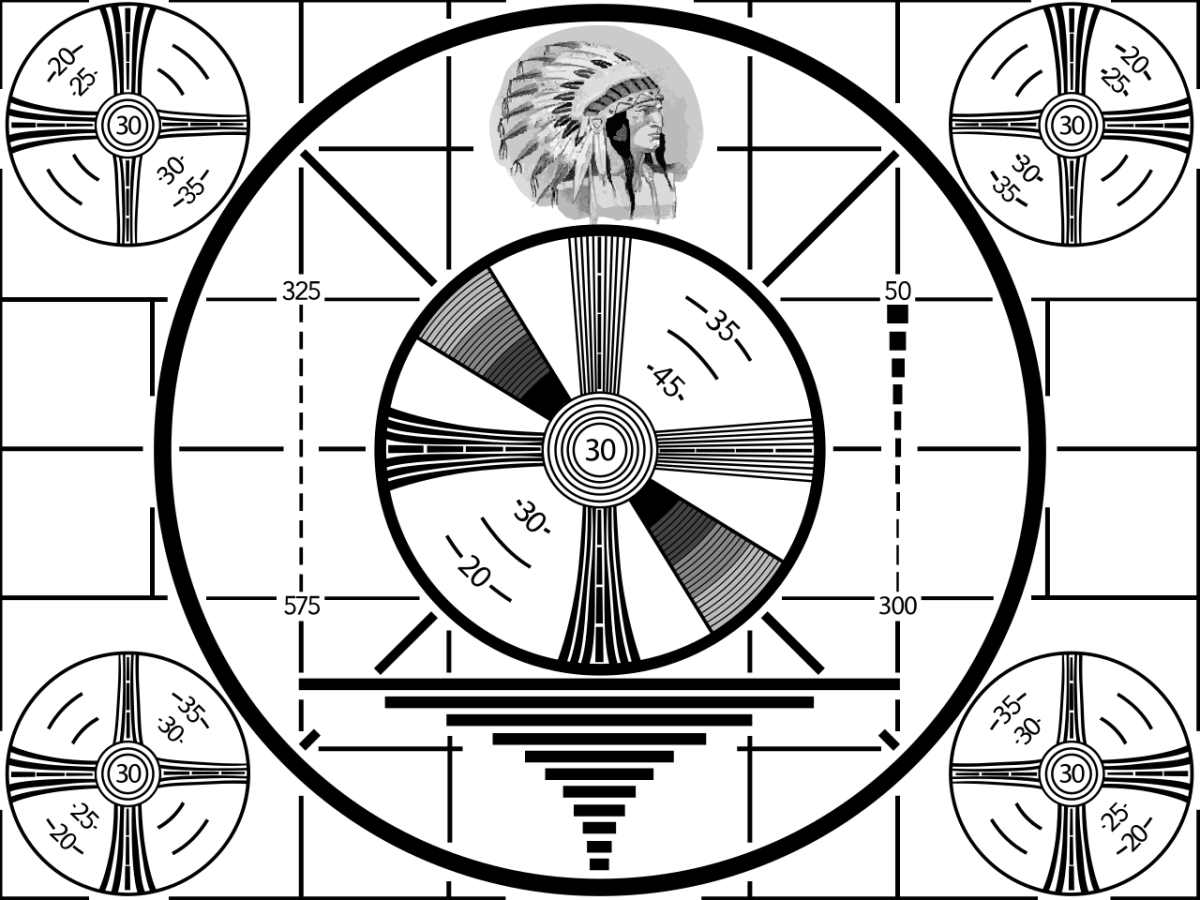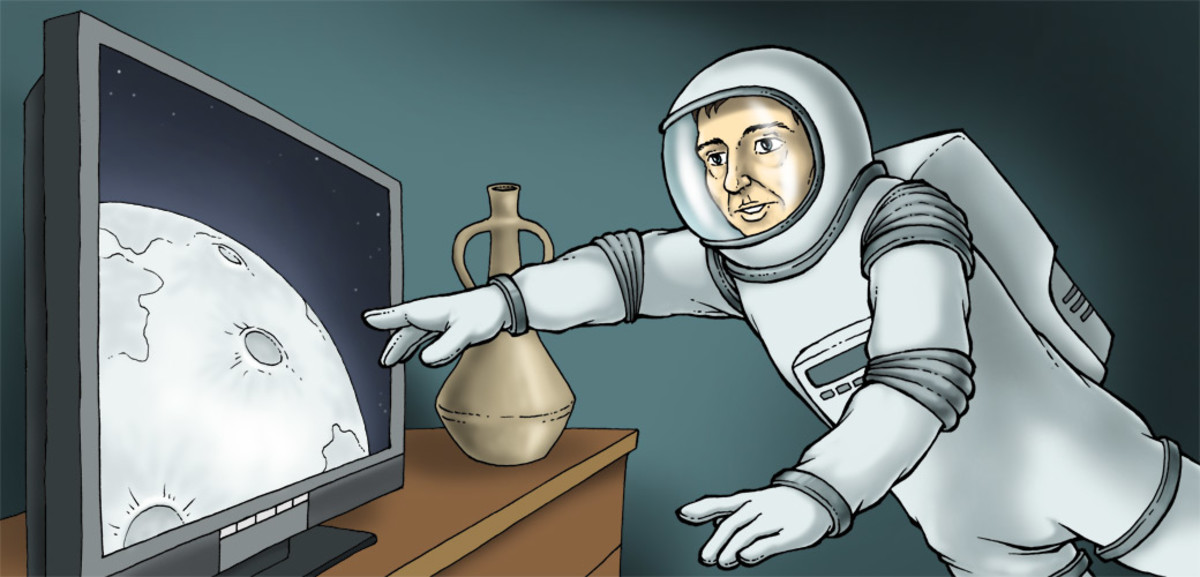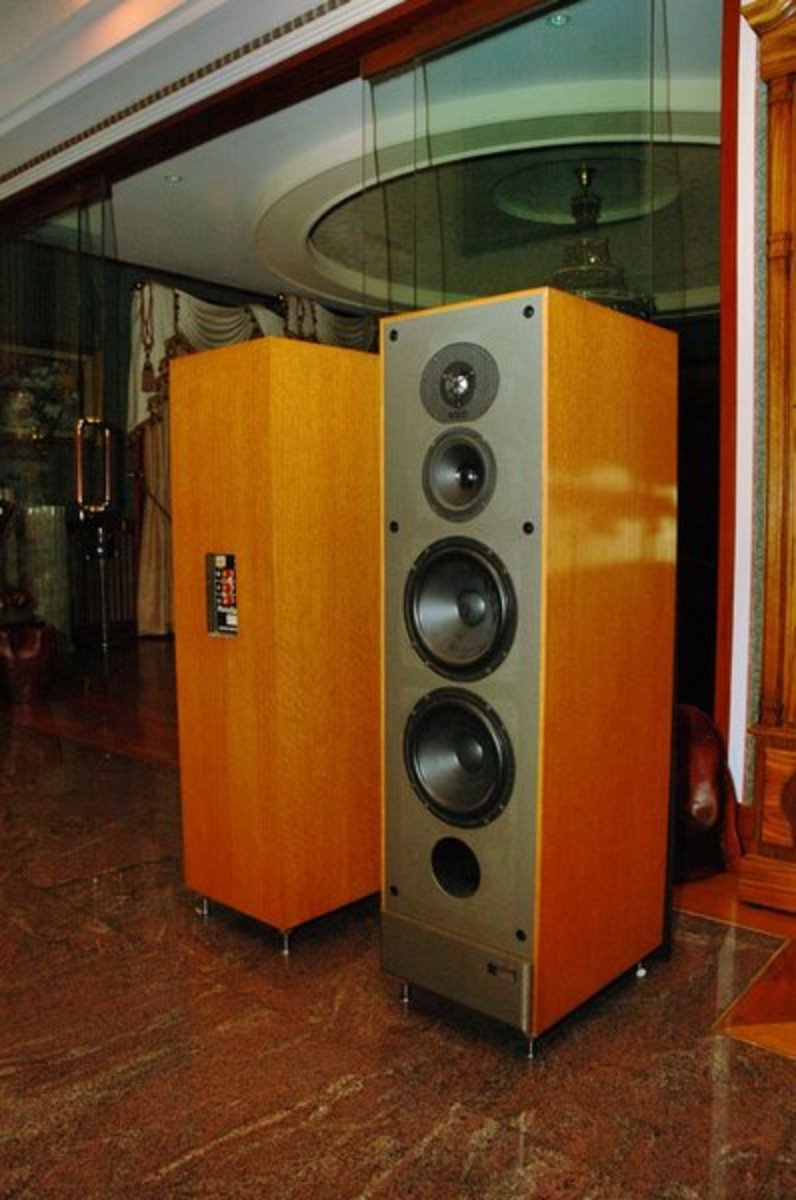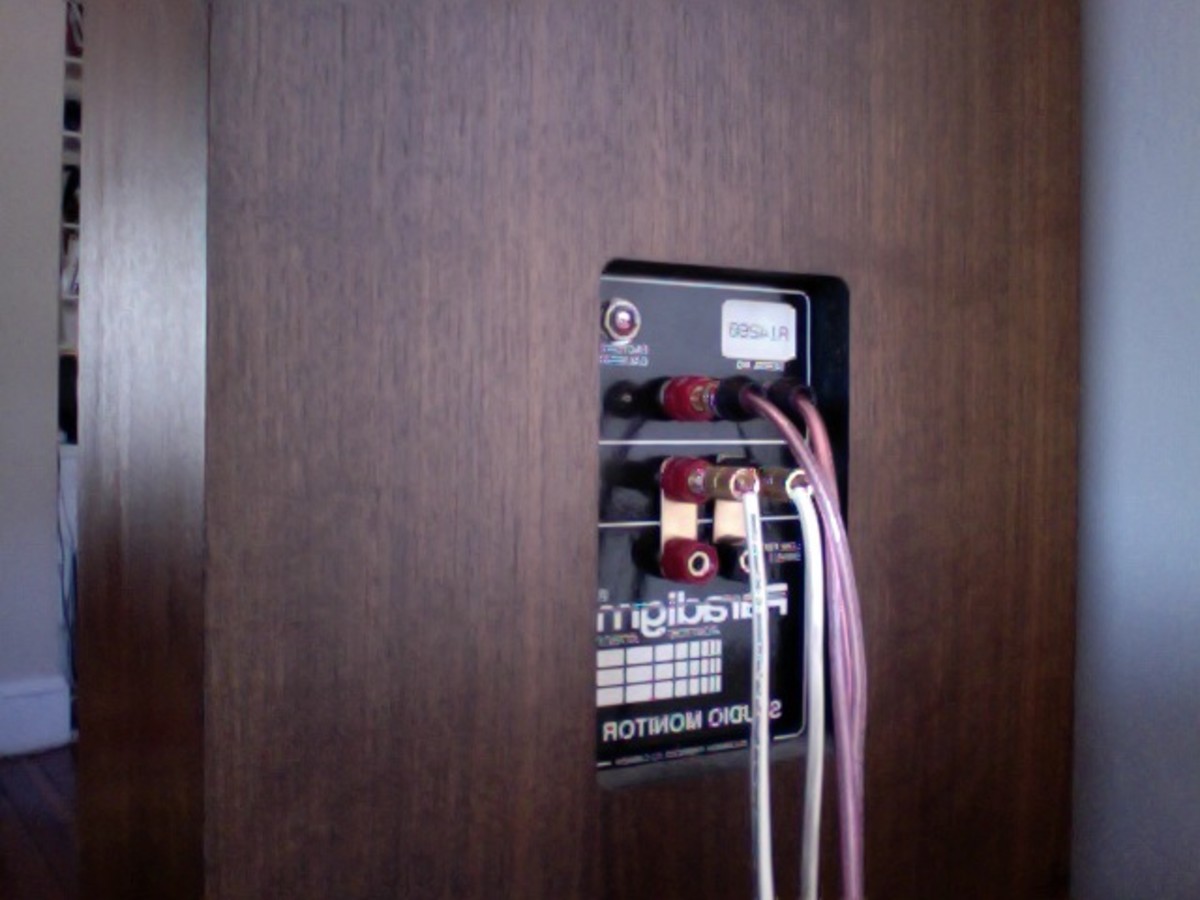DVB - Digital Video Broadcasting
Why Digital?
We are now in a period when most countries will switch to digital television broadcasting (Europe is using DVB-T system, USA is using ATSC). Do you know what are the reasons and benefits of this transition? What is wrong with analog television broadcasting? There are many important facts you should know. The most important fact is that you don't have to change your TV set to watch digital broadcasts. You can use your old television set with some additional equipment.
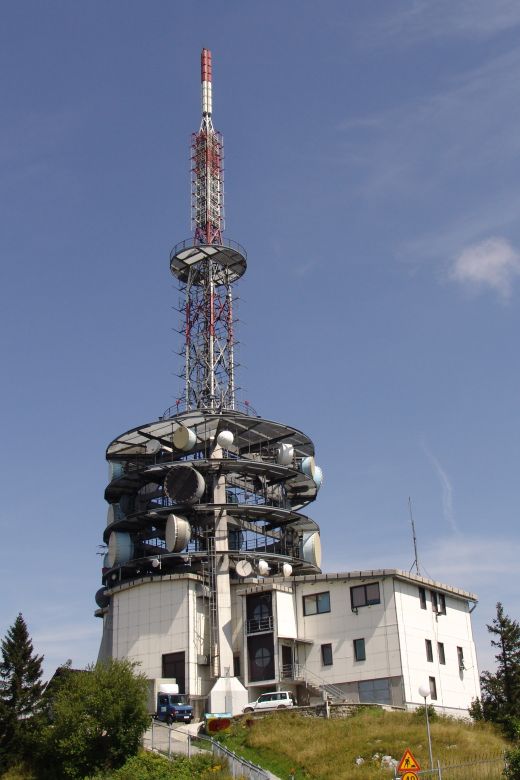
Terrestrial Broadcasting
Firstly, we must understand how do we get TV channels. To receive and display television sound and picture in our home we need a "way" to transfer them from TV station to our TV set. One possibility for signal distribution is terrestrial broadcasting. Terrestrial broadcasting uses transmitters on high transmitting sites to broadcast signals. We can receive these signals with rooftop or indoor antenna.
Terrestrial broadcasting uses radio waves. And because (television) broadcasting is just one of the services that needs radio waves, only a small amount of available radio frequency spectrum is allocated to television broadcasting. For many decades this small amount of radio frequency spectrum allocated to television services was used only for analog broadcasting - one particular frequency was transmitting one TV channel. There are many very detailed rules on the international level that regulate frequency usage. The main purpose of these rules is to prevent harmful interference from other television transmitters operating on the same frequency.
Digital Broadcasting
Some years ago many countries have come to the situation where all frequencies (TV frequency channels) available were already used. Adding new TV channels to the terrestrial network was not possible. A new solution has to be found. This new solution is based on digital technology. Digital means that something is expressed with numbers. In our case this applies to picture and sound. Digital technology allows us to efficiently compress picture and sound without degrading quality. Digital technology also make possible various transportation methods (modulations) suitable for broadcasting. One of such technologies is a direct substitute for analog television broadcasting - DVB-T. It means Digital Video Broadcasting - Terrestrial. An analog television transmitter broadcasts only one TV program (service). Digital television transmitter (DVB-T transmitter) transmits multiplex - a package of various services: radio, television, teletext, subtitles, data, etc. DVB-T Multiplex is a digital stream of data. We use DVB-T to broadcast data from transmitting sites to outr homes. Various codecs (MPEG-2, MPEG-4) are used to convert this data into picture and sound.
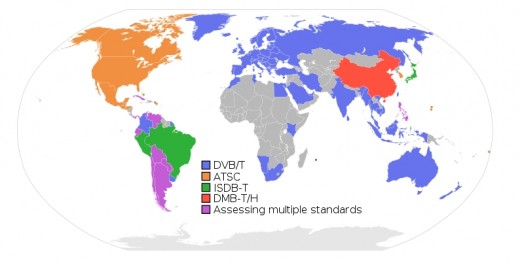
More TV channels
Digital broadcasting brings not just more channels but also better
sound and picture quality, high-definition television (HDTV), wide screen format (16:9 aspect ratio) and many other new services not possible with analog broadcasting. Digital
broadcasting is much more spectrum efficient because it allows us to transfer much more content (data) than with widely
used analog broadcasting using the same bandwidth. This
is one of the key motivations to switch to digital television broadcasting.
The most expensive resource is radio frequency spectrum which is
limited and must be used in the most efficient way. Digital radio broadcasting already exists in various forms but for now there is still no digital technology to replace FM radio.
Ordinary
people do not care about radio frequencies. They want content
and choice. Digital broadcasting brings exactly this. The old TV set is not
enough to receive new digital broadcasts. You can either buy a new digital TV set or add a
set-top box (STB) to the existing analog TV set. A set-top box is a device that you connect to the existing TV set.
With this box you can receive all digital
multiplexes and watch TV channels on your old analog television set as you did
before. Price for set-top box is much lower than price of a new digital TV set.
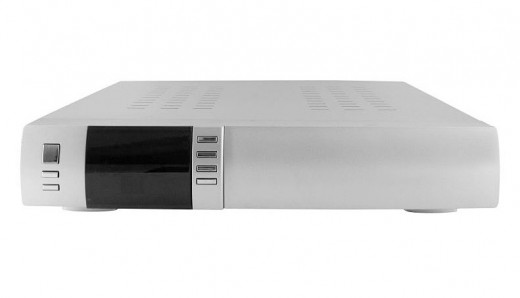
Set-top Box
When buying a set-top box it is very important for which country it was designed, because there are many different technologies for digital television broadcasting (DVB-T, ATSC, ISDB, see picture above) Second important parameter is which codecs or compression standards does it support because there are many (mostly incompatible) compression standards available.
There are different compression algorithms for audio and video. For video compression there are two major standards, MPEG-2 and MPEG-4 (H.264). Most of the European countries are using MPEG-2. MPEG-4 has become popular in last years and quite a lot of countries have decided to use it. It is an advanced compression standard officially known as H.264 (equivalent to MPEG-4 part 10 AVC). MPEG-4 offers higher compression compared to MPEG-2. This means that for the same picture quality it uses less bandwidth. Of course, to watch broadcasts in MPEG-4 you need a set-top box that supports MPEG-4. If in your country there are no services that use MPEG-4 then there is no need to buy MPEG-4 set-top box. However, if neighboring country uses MPEG-4, than in order to receive and watch these channels you need a set top box which supports MPEG-4. Almost all set top boxes that support MPEG-4 also support MPEG-2. The MPEG-2/MPEG-4 (H.264) labels are usually related to picture (video) compression. For sound there are also many compression standards. Countries that are using MPEG-2 for video compression usually use MPEG-1 Layer II for sound compression. In multiplexes where MPEG-4 is used for picture, AAC (also belongs to the MPEG-4 family) is usually used for audio. However, there are no rules. All combinations are possible! One broadcaster might use MPEG-4 for video and MPEG-1 layer II for audio. It is very important that you check what codecs (compression standards) are used in your country. Otherwise you might get an incompatible Tv set or set-top box.
HDTV
To switch to digital broadcasting you don't have to buy a new television set. You only need a STB. Of course, in the case you want to watch HDTV you will need a wide screen TV set with higher resolution display (up to 1920 x 1080 pixels or image points) and a HDTV set-top box. HDTV TV set does not automatically receive and decode DVB-T signals! "HDTV Ready" label means ONLY the capability of DISPLAYING (not receiving or decoding) HDTV picture. A source for HDTV picture can also be external: Blue ray disc player, satellite receiver, computer, etc. There are also integrated TV sets available on the market which have digital receiver (DVB-T in Europe, ATSC in USA) and MPEG-2/MPEG-4 decoders built in. You have to check before you buy.
Buying a new TV set or Set-top box?
Digital broadcasting is inevitable. It is our future. Digital television broadcasting brings us more choice. But it brings also a lot of new problems and possible wrong decisions. Be extremely careful when buying a new television set or set-top box. Check compatibility, compare prices, ask for demonstration, browse web, check again and - go for it!


